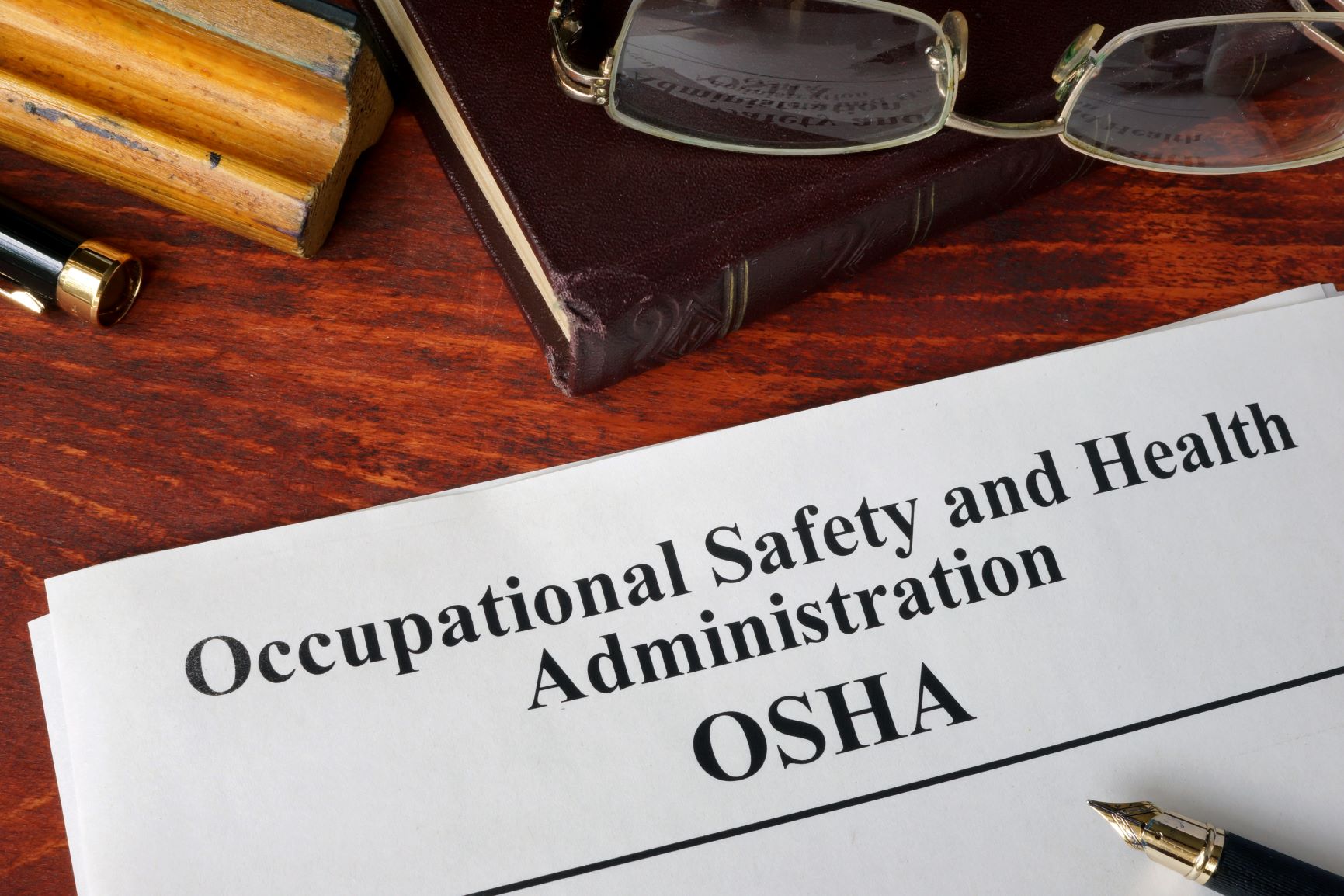OSHA Electrical Standards
If you need help navigating the OSHA standards as they pertain to electrical work, you’ve come to the right place. In this blog, we clear the way by listing OSHA standards you need to know.
We then link you to the pages that can tell you more about the General Duty Clause and State OSHA Plans. We answer the question, “What are OSHA electrical regulations based on?” Finally, we link you to several great sources in case you have more questions.
What is 29 CFR?
The Code of Federal Regulations (CFR) lists rules and regulations for all departments and agencies of our government. The Code contains fifty Titles. The 29th Title, or 29 CFR, is the Title that covers Labor.
To learn of electrical standards in the workplace, the 300 series is a good place to start. We find the 300 series in 29 CFR 1910:
- Part 1910, Subpart S – General Industry
- 1910.302-308 – Design Safety Standards for Electrical Systems
- 1910.331 – Scope
- 1910.332 – Training
- 1910.333 – Selection and use of work practices
- 1910.334 – Use of Equipment
- 1910.335 – Safeguards for Personnel Protection
- Part 1910.137, Subpart I – Electrical protective equipment
- Part 1910.269, Subpart R – Electric power generation, transmission, and distribution
- Part 1926, Subpart V – Electric power transmission and distribution (Construction)
- Part 1926, Subpart K – Construction industry
OSHA’s Expectations in the Workplace
OSHA expects every employer to provide a workplace free from recognized hazards that could cause death or serious injury. This is known as the General Duty Clause.
The clause also states that “each employee shall comply with occupational safety and health standards and all rules, regulations, and orders issued pursuant to this Act which are applicable to his own actions and conduct.”
What are OSHA Electrical Regulations Based On?
OSHA’s electrical standards are based on the National Fire Protection Association Standards NFPA 70, National Electric Code; and NFPA 70E, Electrical Safety Requirements for Employee Workplaces. OSHA regulations are law. NFPA 70 and 70E are considered best practices.
1910.269 gets help from the NFPA 70e, ASTM (American Society for Testing and Materials), NESC (National Electric Safety Code), and other IEEE sources as found in the 1910.269 preamble.
State Plans
Currently, twenty-eight states operate their own state-wide occupational safety and health program. These are OSHA-approved plans. State plans must have standards and enforcement programs that are at least as effective as OSHA’s. State plans may have different or more stringent requirements.
OSHA FAQs
Questions come up all the time. On this FAQ page, OSHA answers some of those questions about Information-Transfer (Host-Contractor), Fall Protection, Minimum Approach Distance, Arc Flash Protection, and General Questions.
Related e-Hazard blogs:
Why Electrical Safety Training is Important for Supervisors
The OSHA General Duty Clause: Providing a Safe Working Environment is a Workplace Requirement
So Many Electrical Safety Terms – What Do They Mean?
OSHA Letter of Interpretation: 1910.333 for Lockout/Tagout Procedure

